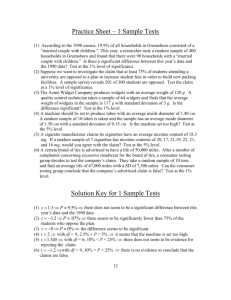Types of Quasi-Experimental Designs
advertisement
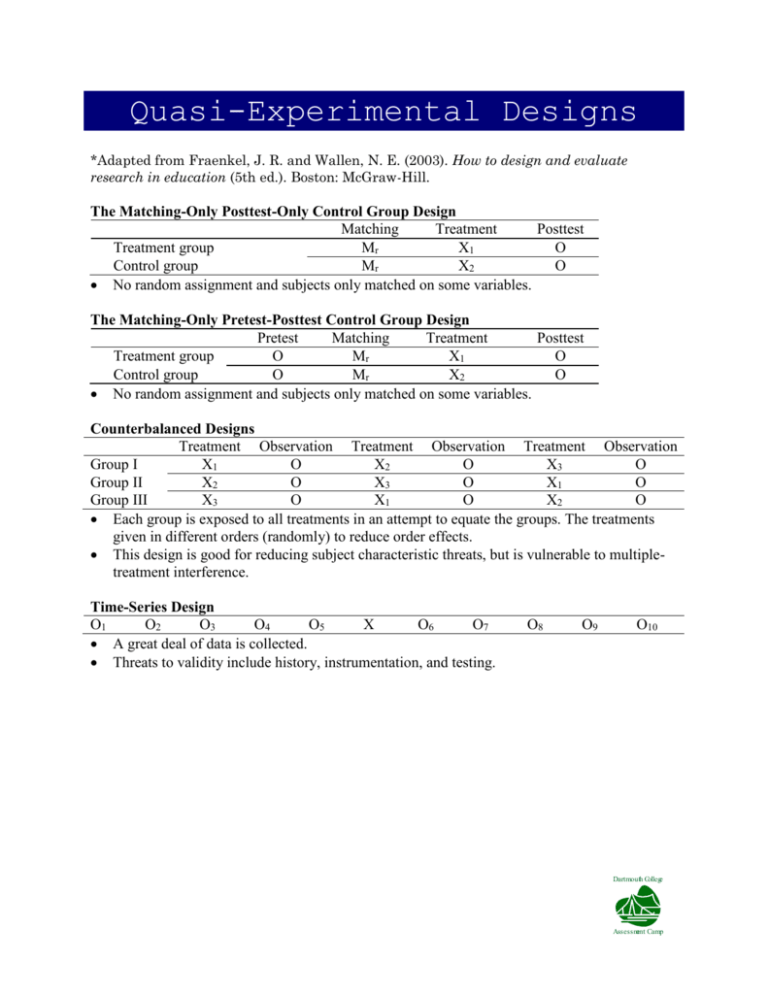
Quasi-Experimental Designs *Adapted from Fraenkel, J. R. and Wallen, N. E. (2003). How to design and evaluate research in education (5th ed.). Boston: McGraw-Hill. The Matching-Only Posttest-Only Control Group Design Matching Treatment Posttest Treatment group Mr X1 O Control group Mr X2 O No random assignment and subjects only matched on some variables. The Matching-Only Pretest-Posttest Control Group Design Pretest Matching Treatment Posttest Treatment group O Mr X1 O Control group O Mr X2 O No random assignment and subjects only matched on some variables. Counterbalanced Designs Treatment Observation Treatment Observation Treatment Observation Group I X1 O X2 O X3 O Group II X2 O X3 O X1 O Group III X3 O X1 O X2 O Each group is exposed to all treatments in an attempt to equate the groups. The treatments given in different orders (randomly) to reduce order effects. This design is good for reducing subject characteristic threats, but is vulnerable to multipletreatment interference. Time-Series Design O1 O2 O3 O4 O5 X O6 O7 A great deal of data is collected. Threats to validity include history, instrumentation, and testing. O8 O9 O10 Dartmouth College 2006 Assessment Camp
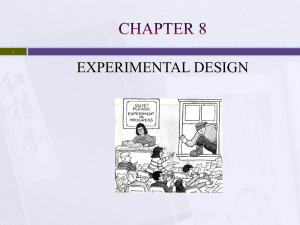


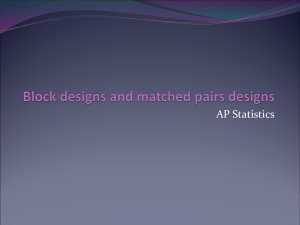





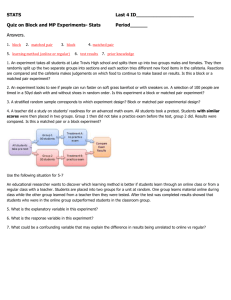
![alissa_pp[1][1][1]. - ActionResearchProjects](http://s3.studylib.net/store/data/009608408_1-13dc6b9e16a090570cf965ea1922f85e-300x300.png)
